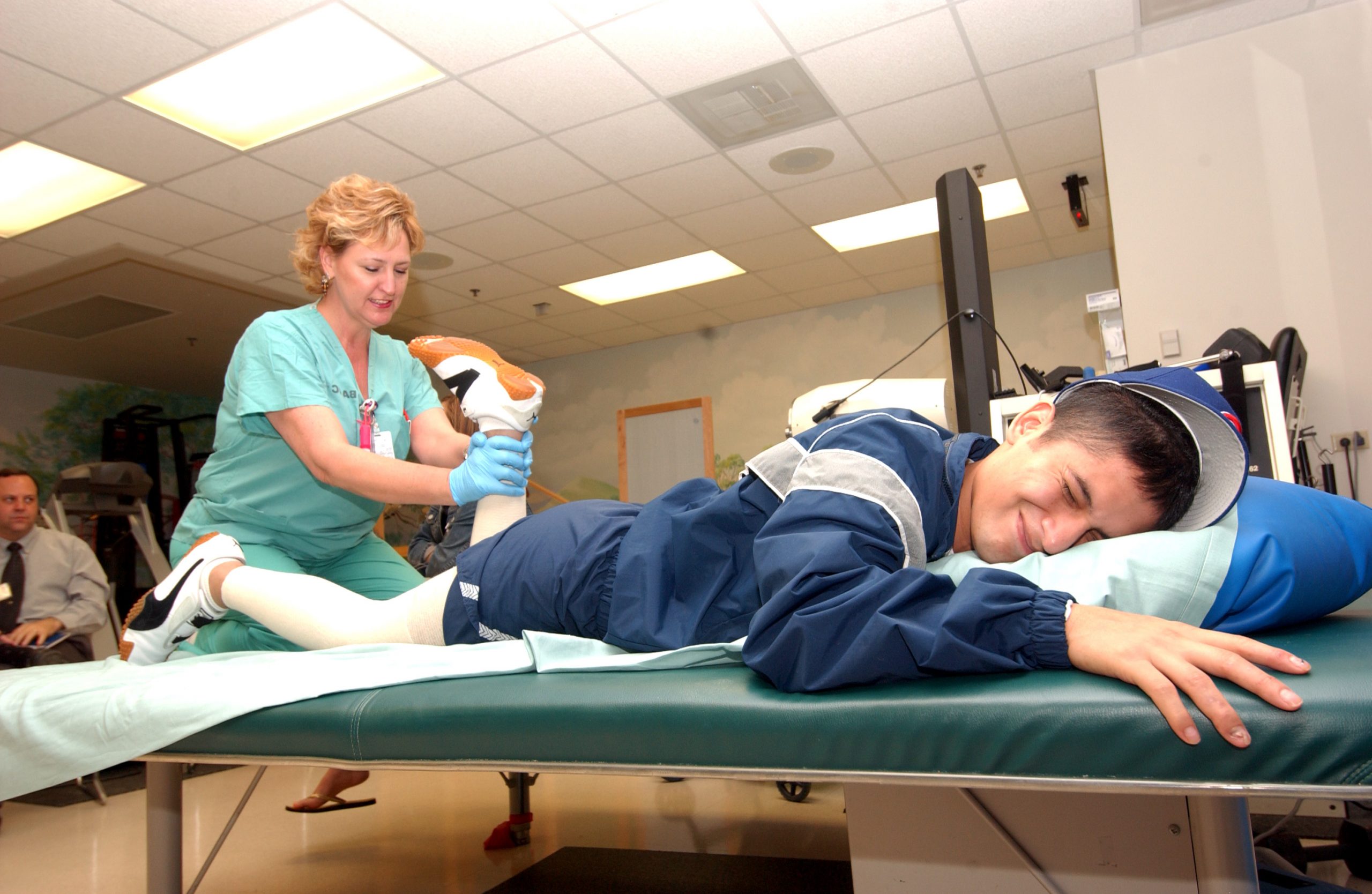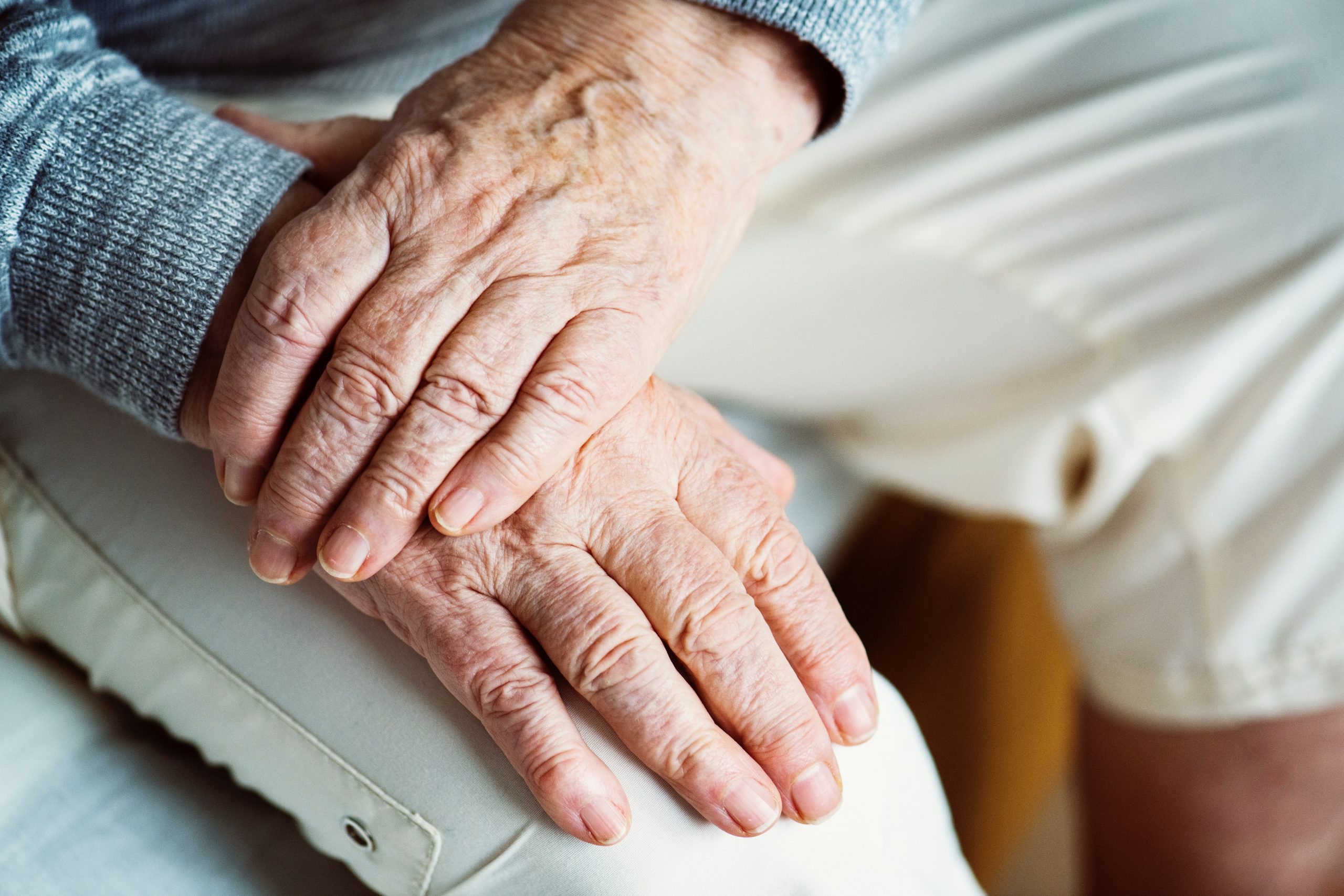
Occupational Therapy – Returning You to a Normal Life
November 7, 2018
Senior Care: Knowing the Signs and When It’s Time for Care
January 15, 2019Joint Rehabilitation and You: Physical Therapy to Treat and Strengthen Your Body After Surgery
As you’re well aware, dealing with the physical limitations and struggles associated with joint replacements are, without a doubt, one of the most difficult things a patient can go through. Combine this with the trials and tribulations of life and you have a recipe for an unpleasant experience. But what if there were an alternative means of dealing with your surgery after the ordeal has taken place? Are you simply expected to deal with random variables as they’re thrown at you, or are there certain practices and techniques that can be used to speed up the recovery process? If you’ve undergone a joint replacement yourself, or know someone that is, hesitantly, about to undergo one, these techniques will ensure that the ordeal flows as easily as possible.
Knee Replacement: What to Expect and How to Approach Rehab
Here you are — fresh out of the surgery, unable to move your leg and not knowing what your next move may be. Although this may be a trying time filled with emotional fluctuations, it’s one of the most common procedures that an individual can undergo. In fact, the American Academy of Orthopedic Surgeons believes that total knee replacement recipients will grow over 650% by the year 2030 with millions of patients treated. So although you may feel down and out about your procedure, rest assured knowing that doctors and healthcare physicians perform these treatments on an almost daily basis.
First and foremost, you need to gain strength back into the limb itself. This process, although daunting and somewhat uncomfortable, will ensure that the entire range of motion of the lower limb will return once the healing process is over. Patients that fail to perform their therapy, or simply neglect the muscles located in the leg, are prone to becoming immobile after the wounds from the surgery have healed. Health sources report that the duration in which a patient stays in the hospital after their surgery is, usually, less than 72 hours.
Once you’ve arrived back home, your physician and therapist will map out a plan in which to begin training of the lower extremities. For patients that have undergone a slightly less invasive surgery, home rehabilitation may be all that is required. However, for individuals that are older or obese, clinical rehab is prescribed as a means of tackling the issues under the watchful eyes of a professional.
Exercises That Speed up the Healing Process
The most overlooked component to a speedy recovery, despite what most may think, comes from the dietary choices that you make. Our body needs nutritious fuel and minerals that it can absorb and use as a means of healing the damage our body has undergone. A brief list of foods that have been shown to improve bone and joint health are as follows:
- Calcium-dense foods, such as milk, cream, and cheese, for bone and joint improvement.
- Protein-packed lean meats like fish and chicken that can assist in repairing swollen, damaged and inflamed tissue.
- Orange juice, fresh berries, and mango to improve collagen production.
The next thing a patient will undergo is a workout regimen that is designed to improve mobility and strengthen the muscles located in the knee. It’s important to realize that the first week after surgery will be used as a means of testing your pre-existing strength limits. For most patients, this duration will be used as a period of walking with the assistance of a walker or stroller. This will allow the individual to become active while still having assistance during the walking motion.
Once the individual begins to showcase strength, the therapist will begin incorporating the means of a stationary bike for ten, fifteen and twenty-minute time frames. Using the assistance of a bike provides a low-impact environment in which to stress and fatigue the calves and quadriceps which, in turn, assists with knee mobility.
You Hold the Power of Change
Most patients, yourself included, don’t realize the power that they wield once they leave the hospital. The results you experience and the lifestyle you lead after the surgery is completely reliant on your ability to remain consistent with your therapy. Your body will reap the benefits of the effort you showcase in your home, as well as the clinic during your training regimen. Don’t let surgery control your life, or impact the beautiful experiences you have with your family and friends. Ready yet? Reach out to us at Maplewood Sauk Prairie.
Sources:
https://www.webmd.com/osteoarthritis/knee-replacement-18/knee-surgery-physical-therapy
https://www.anationinmotion.org/value/total-knee-replacement-surgery-numbers/


